Diploma Forgery Statistics for 2025: The Latest Trends and Shocking Figures
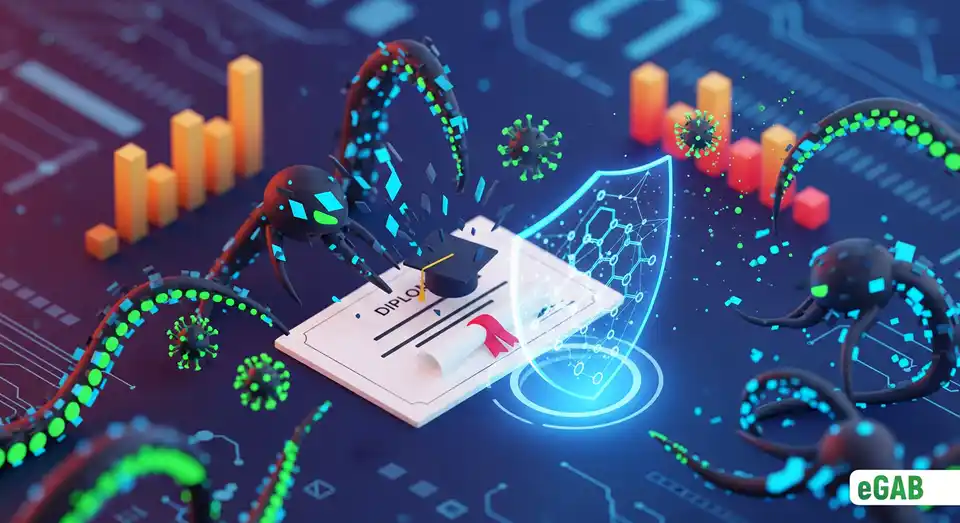
 Author:
Artem Grigoriev
Author:
Artem Grigoriev
- How Severe is the Shift to Digital Diploma Forgery?
- How Are AI and Deepfakes Accelerating Academic Fraud?
- What is the Staggering Scale of Academic Misrepresentation?
- What New Tactics Are Fraudsters Using?
- What Regional Hotspots Illustrate the Global Problem?
- How Are We Fighting Back Against Forgery?
- Summary: Rebuilding Trust in an Era of Digital Deception
Forget the flimsy, misspelled fake diploma you might picture from a spy movie. That’s officially ancient history. The world of academic fraud has made a seismic, high-tech leap, and the value of your hard-earned qualifications is now caught directly in the crossfire.
At the heart of this modern crisis is digital diploma forgery , a problem that has been supercharged by artificial intelligence. AI now allows fraudsters to create near-perfect forged academic credentials with terrifying ease.
This article pulls back the curtain on the shocking numbers from 2025, exposing how AI and deepfakes are fueling this massive threat. So, what are deepfakes ? Think of them as ultra-realistic fake videos or audio clips created by AI. We'll also show you the cutting-edge countermeasures being used to fight back and protect academic integrity. We’ll explore everything from innovations like blockchain digital diplomas -which are essentially secure, verifiable records of your achievements on a distributed ledger-to advanced biometric verification , which uses your unique biological traits for identification.
📘 This post is part of our comprehensive guide to "eGAB:The Global Academic Blockchain Ecosystem for Digital Credentials". Explore it to find answers to all your questions ;)
How Severe is the Shift to Digital Diploma Forgery?
Brace yourself, because the world of academic fraud has been completely turned upside down. We're not talking about shady, back-alley print shops churning out bad fakes anymore. The age-old problem of diploma forgery has morphed into a high-tech crisis.
Today, digital forgeries are the main event in fraud. In 2024, they made up a shocking 57% of all document fraud attempts. According to the authoritative 2025 Identity Fraud Report by The Fintech Times , that figure represents a massive 244% spike in just one year. The rise of digital diploma forgery means that practically anyone with a computer can now try to create forged academic credentials .
This is a major, and deeply unfortunate, turning point. For the first time ever, faking a diploma on a computer has surpassed printing physical copies as the number one method for academic fraud. This brings up a critical question, especially since we know that PDF diplomas can't protect against fraud: are digital diplomas more secure than paper if they're this easy to manipulate?
So, what's behind this explosion? It all comes down to how easy it is to get your hands on new technology. We’re talking about sophisticated AI-powered design tools and a bottomless pit of online templates. This easy access means almost anyone can cook up a near-perfect diploma replica without any special gear.
As the 2025 Document Fraud Report by Inscribe AI puts it, the barrier to entry for this kind of fraud has practically disappeared. This has opened the floodgates for a tidal wave of convincing fakes that can now be created and shared with shocking ease and speed.
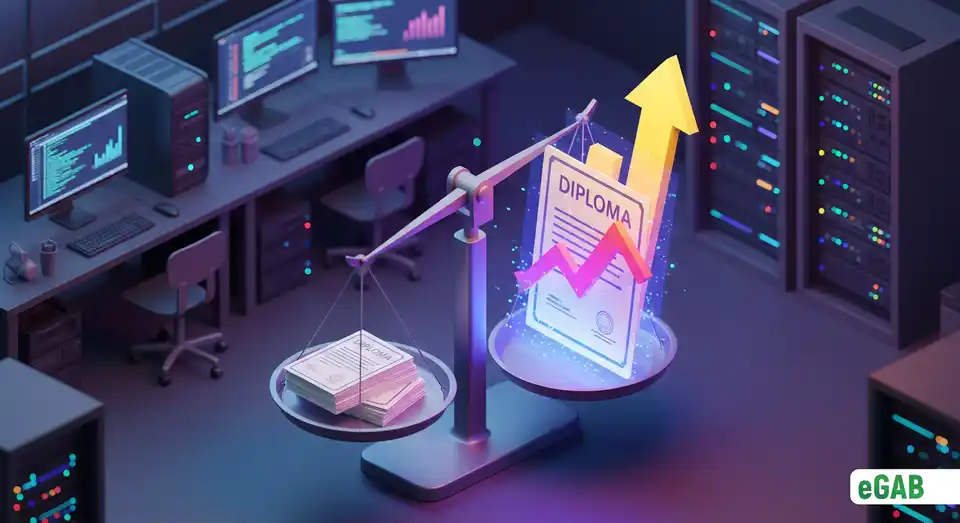
How Are AI and Deepfakes Accelerating Academic Fraud?
This is where the situation starts to feel like science fiction, but the threat is terrifyingly real. Generative AI isn't just for creating art or writing emails anymore; it's been weaponized into a powerful tool for identity fraud. To put this into perspective, just think about this: throughout 2024, someone tried to fool a verification system using a deepfake (synthetic media where a person's face is convincingly swapped for someone else's) about once every five minutes.
But how does AI create fake documents so convincingly? It learns from thousands of real examples, which allows it to generate entirely new, authentic-looking AI-generated diplomas that can sail past basic visual checks. The world of education is now directly in the crosshairs of this technological threat. This surge has opened a new front in the battle against identity fraud in education . In the first quarter of 2025 alone, a concerning 6.4% of all online student enrollment sessions were flagged as high-risk for fraud. What's truly alarming is that of those red flags, a huge 31% were directly tied to someone using an AI-generated or deepfake ID. This data points to a clear and frightening trend: fraudsters aren't just faking paper documents anymore; they're faking their very identities. And this raises another chilling question: can deepfakes be used to cheat in online exams by impersonating a registered student? Increasingly, the answer is yes.
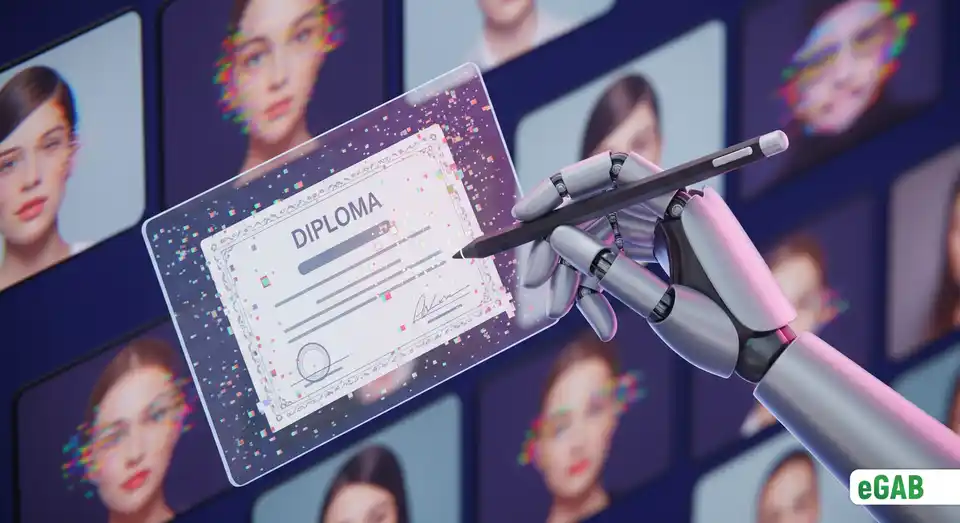
What is the Staggering Scale of Academic Misrepresentation?
It's a tough pill to swallow, but academic honesty is facing a massive crisis. This widespread issue is a form of academic fraud . According to a recent study, the numbers are stark: nearly one in three (29.6%) job applicants misrepresents their educational background in some way. This is the very definition of academic misrepresentation . These people either inflate their qualifications or flat-out claim degrees they never earned. This common practice creates a huge problem for employers who are just trying to find genuinely qualified people.
So, what is academic misrepresentation on a resume? It can range from tweaking graduation dates to completely inventing degrees from prestigious universities. We're not talking about a few isolated incidents here; we're talking about a full-blown global industry. The market for fake degrees has absolutely exploded, soaring from an estimated US$1 billion in 2015 to an unbelievable US$22 billion in 2022. This startling data comes from UNESCO's International Institute for Educational Planning . The ripple effect of this underground economy is massive, steadily destroying employer trust and devaluing the real diplomas that honest people spend years of hard work to earn. As for what are the penalties for using a fake degree? , the consequences can be severe, ranging from immediate job loss to legal action and even criminal charges, depending on the country and the job in question.
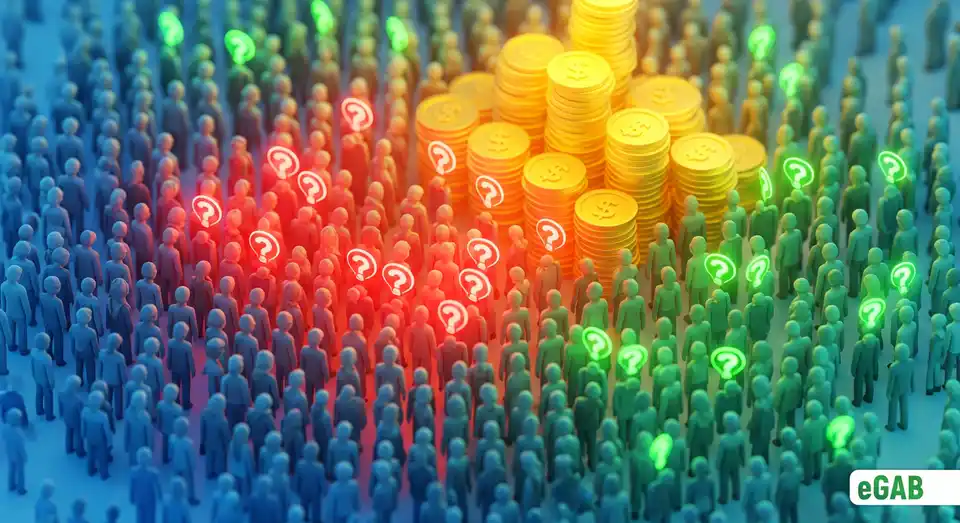
What New Tactics Are Fraudsters Using?
So, how exactly are so many people getting away with this? The game completely changed with the rise of something new and sinister: "Fraud-as-a-Service" (FaaS) -platforms that sell tools to help commit fraud-on dark web marketplaces . It might sound like something from a spy movie, but these FaaS platforms run with the stunning efficiency of legitimate businesses. They allow anyone, with absolutely no technical skills, to order a high-quality fake diploma as easily as they’d order a pizza. This has sparked a boom where people can easily buy fake diplomas that are shockingly convincing.
What's more, these fake credentials aren't just hiding in the shady corners of the internet. They're now actively bought and sold on mainstream social media and anonymous online marketplaces, making them available to a huge global audience. This makes answering the question of how to spot a fake diploma incredibly difficult-many are now too well-made for the naked eye to catch. To make matters worse, dozens of totally bogus online "universities" have popped up, especially in Europe and North America. They feature slick, professional diploma mill websites , just like in the Axact international diploma mill case, expertly designed to copy those of real schools. So, what is a diploma mill? It's a fraudulent organization that sells illegitimate fake university degrees online with little or no actual schoolwork. These scams prey on both unsuspecting students and the growing demand for remote learning.
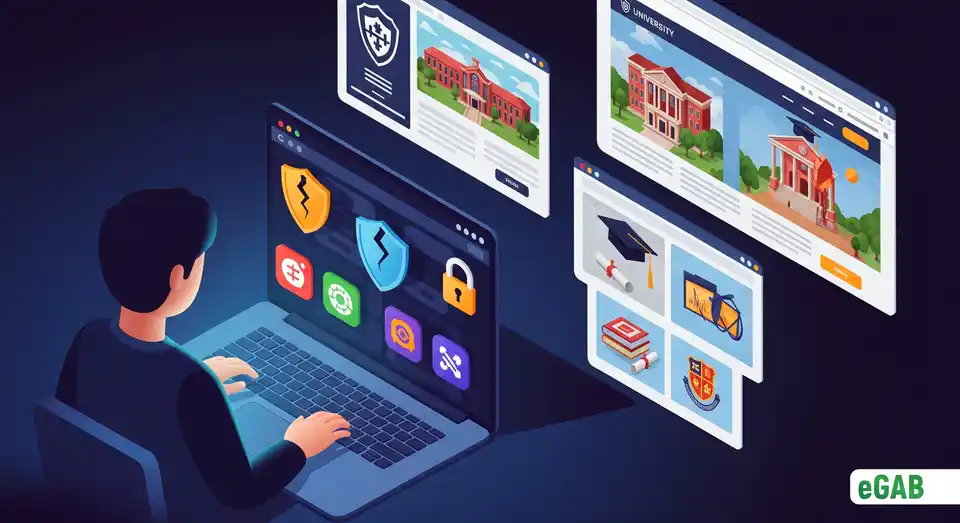
What Regional Hotspots Illustrate the Global Problem?
While this is definitely a worldwide issue, the problem looks different depending on where you are.
Take Latin America, for example, where authorities have busted sprawling criminal networks built entirely around this fraud. These organized groups sell fake high school, college, and even university degrees on popular social media platforms for incredibly low prices. They specialize in producing and distributing forged academic credentials on a massive scale. This just goes to show how trivial it has become to get your hands on fake credentials in that region.
Meanwhile, in the Asia-Pacific region, a major weakness is in diplomas linked to national ID systems. The rampant forgery there has triggered a serious push for system-wide change, with leaders now rolling out more secure electronic diploma initiatives to clamp down on the problem of fake degrees .
Over in Europe and North America, the classic "diploma mill" (an unaccredited institution offering illegitimate degrees) has gotten a sophisticated, high-tech makeover. These fraudulent operations run incredibly deceptive websites that are nearly impossible to tell apart from those of real universities, luring in and ruining the prospects of unsuspecting students and employers.
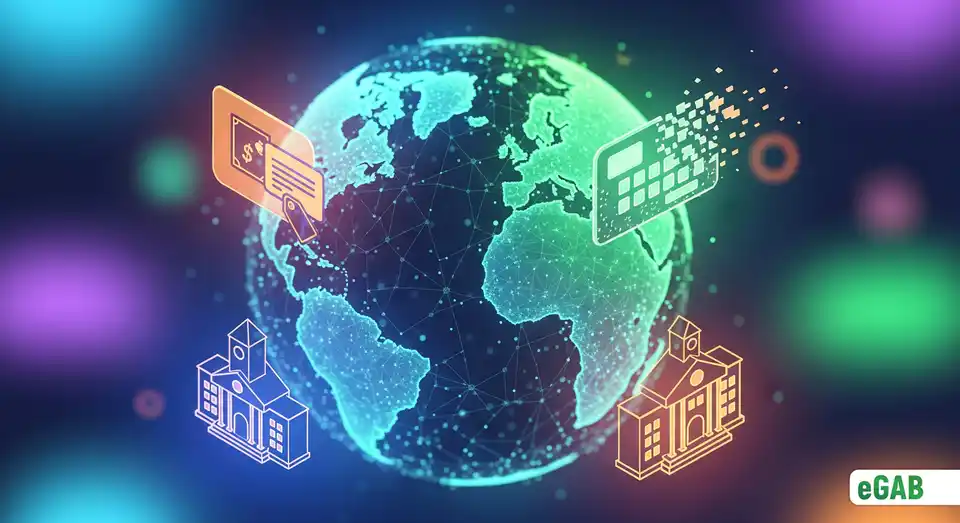
How Are We Fighting Back Against Forgery?
Here's the good news in this ongoing battle. As fraudsters get smarter, so does the fight against them. Thankfully, we're now using advanced technologies to create a more secure and trustworthy future for digital academic credentials, which strengthens overall educational security .
Educational institutions are now turning to innovative solutions like the eGAB global academic blockchain for issuing their digital diplomas. But how does blockchain prevent diploma fraud? Think of the technology as a diploma secured on a digital ledger technology (a decentralized and unchangeable record book), which uses a powerful combination of Blockchain, NFTs, TTP, and CAs for academic credentials. This ledger is permanent and can't be altered. Once a diploma is recorded on it, it's virtually impossible to tamper with, making forgery a non-starter.
Another huge step forward is the widespread use of real-time verification APIs (Application Programming Interfaces that let different software systems talk to each other). But how can employers verify academic credentials instantly? These powerful tools are being built right into hiring and admissions platforms, often as a routine part of background checks . In simple terms, this technology allows an employer to check if a credential is authentic in just a few seconds, completely streamlining the credential verification process and cutting out the hidden costs of traditional verification methods.
And what about fighting those AI-driven deepfakes? That’s where advanced liveness detection (tech that determines if you're looking at a live human) and biometric verification come in. These smart systems are being built into e-admission and remote onboarding processes. They help make sure that the person presenting the credential is not only the legitimate owner but is also physically present for the verification-and not just some cleverly disguised digital puppet.
Next Step: Employers and institutions must prioritize adopting these modern verification tools. Relying on visual checks or manual processes just isn't enough anymore in the face of AI-driven fraud. Integrating real-time verification APIs and embracing blockchain-secured credentials are the most effective ways you can restore trust and guarantee academic integrity.
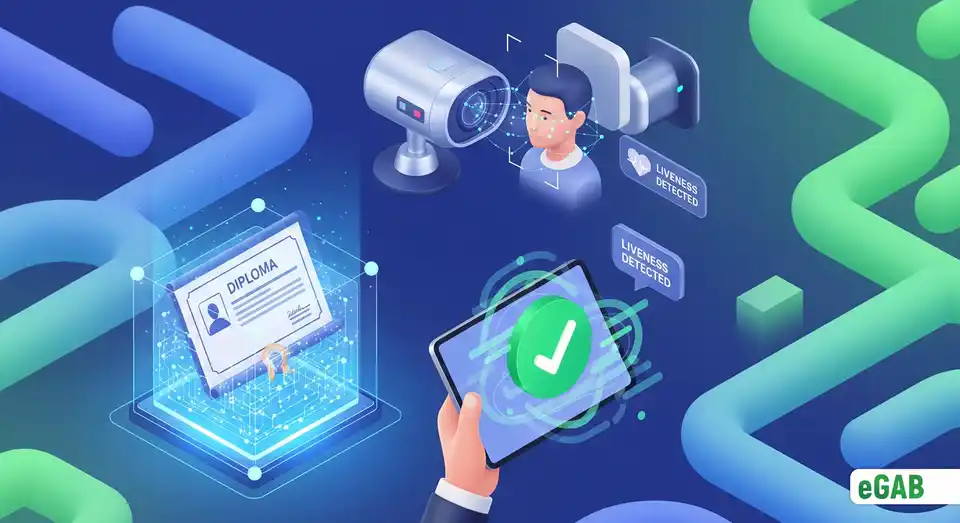
Summary: Rebuilding Trust in an Era of Digital Deception
So, what's the bottom line? The age-old problem of diploma forgery has completely transformed. It’s no longer a back-alley annoyance-it’s a full-blown, high-tech crisis. The game has changed. Digital diploma forgery now dominates the landscape, a trend fueled by the shocking accessibility of generative AI and deepfake technologies.
For the first time in history, digital fakes have officially overtaken physical ones. This has wiped out the barrier to entry, letting almost anyone create incredibly convincing forged academic credentials . Identity itself has been turned into a weapon. AI-generated IDs and deepfake impersonations are becoming alarmingly common, popping up in critical spots like student onboarding and even online exams.
This technological shift has, in turn, ignited a massive crisis in academic integrity. The scale of this problem is huge. Data shows that nearly one in three job applicants engages in some form of academic misrepresentation . Meanwhile, the market for fake degrees has exploded into a multi-billion dollar global industry. Today's fraudsters aren't lone wolves; they're backed by organized criminal networks and sophisticated diploma mill websites , as you can see in the anatomy of the Axact diploma mill case. They also use "Fraud-as-a-Service" (FaaS) platforms, which make it terrifyingly simple to buy fake diplomas online . This is a worldwide issue with specific regional weak spots-we’re seeing everything from social media sales in Latin America to deceptive websites across Europe and North America. This trend crushes employer trust and devalues legitimate academic achievements.
But the fight is far from over. As the threat has evolved, so have the solutions designed to restore faith in educational security . The future of academic integrity lies in adopting advanced countermeasures. This is why leading universities are choosing eGAB, as innovations like blockchain digital diplomas are making credentials virtually impossible to alter. That's because they're secured on an immutable digital ledger technology . At the same time, real-time verification APIs deliver tangible benefits for universities, students, and employers by giving them the power to instantly check qualifications, stopping fraud cold at the point of hiring. To beat AI-driven impersonations, advanced liveness detection and biometric verification are becoming critical lines of defense. Together, these technologies form a powerful, unified response, paving the way for a future where trust and authenticity are once again the cornerstones of education.
➡️ Want to see this problem in the real world? Statistics are powerful, but a case study makes the threat tangible. Explore the anatomy of the Axact case, a massive international diploma mill.
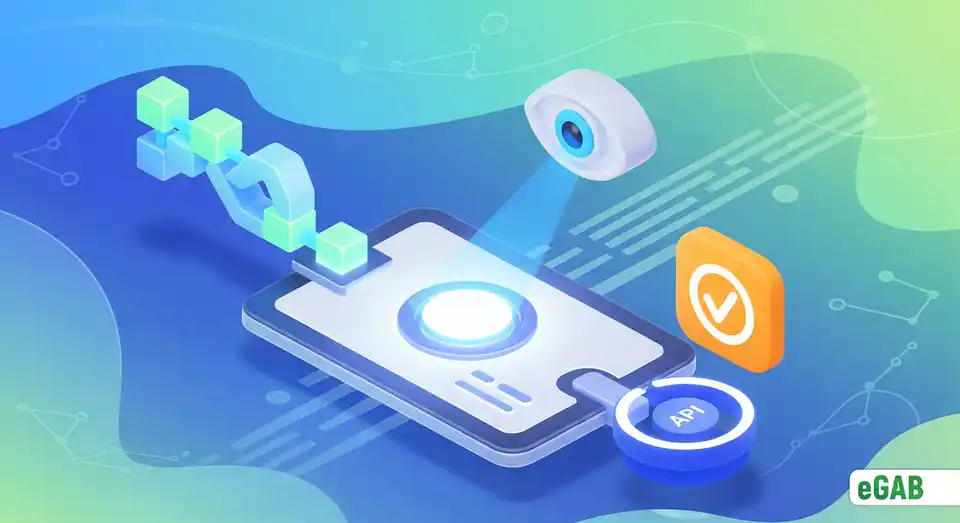
Choosing a Blockchain for Academic Credentials: A 2025 Comparison Guide
Why Leading Universities Choose eGAB for Issuing & Managing Digital Credentials
The Tangible Benefits of eGAB for Universities, Students, and Employers
How eGAB Fulfills the Vision of the Global Digital Credentials Management Program
Blockchain, NFT, TTP & CA for Academic Credentials: A Simplest Explanation
